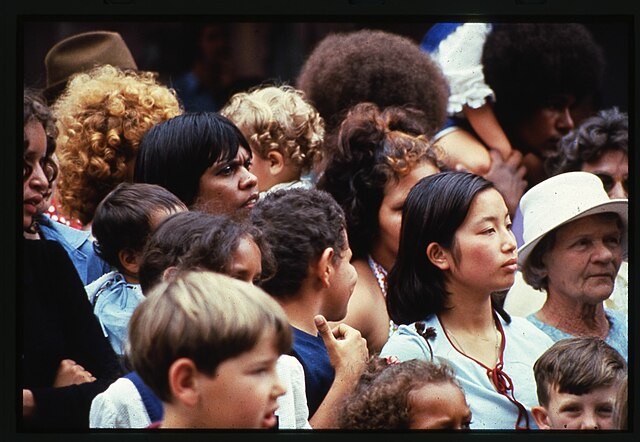
The Dynamics Of Populations
Population dynamics sits in the area of ecology and is the study of population characteristics such as population size, birth rate, immigration movements and age ranges, while looking at the factors that influence these hallmarks. Its study is vital to understanding the delicate balance of ecosystems, the preservation of biodiversity and the impact of human activities. It has also helped us to map the effects that historic events have had on the genetic diversity with human populations.
Factors Effecting Populations
Populations are subjected to a number of biological and environmental factors that affect their demographics. Within natural ecosystems, predators and diseases would help control a population to ensure its size doesn’t become too large. Access to resources and a suitable habitat can influence a population, where changes in conditions such as temperature, deforestation or rainfall can force populations to migrate or decline in size.
Population Genetic Diversity
The genetic variation within a population determines its adaptability and resistance to external threats. Those populations which are isolated and small are more susceptible to interbreeding.
When a population level declines so much that it leads to a decrease in genetic diversity, this is known as a bottleneck in population dynamics. This can happen due to natural disasters or epidemics and can have an impact on a population’s chances for survival. This may have been the case in the human African and Eurasion fossil record, thought to have happened due to climate changes such as draught or glaciation. It was estimated that 65.85% of current genetic data may have been lost from our human ancestors.
A bottleneck event also occurred in the Cheetah population, who faced an extinction event around 10,000 years ago. In recent times, their population has again declined due to human activities and their very survival is threatened due to their genetic inability to adapt to new environments from inbreeding. This is known as the Allee Effect.
Demographic Transition
Demographic transition focuses on the specific area of population death rate and birth rate within humans, and how a country’s population growth rate cycles through stages as it becomes economically developed. Before industrialisation, both death rates and birth rates remain high and the population size stays constant. As access to better medicine helps to reduce death rates, the population size begins to boom, a trend seen in many lower developed countries. An improvement in economic conditions and access to contraception in developing countries causes birth rates to decrease and population growth to slow down. Once a country has become developed, stronger economies, better healthcare and education lead to a slowdown in both death and birth rates, causing a stabilisation in the population. Thomas Malthius, famous for his theories on population growth, would argue that this stage would not be the final cycle, and that populations would eventually decline due to an ageing demographic and the exhaustion of resources from over consumption.
Understanding the mechanisms behind how populations are affected by biological and environmental changes can help us with conservation efforts, agricultural production, public health, urban planning and the mitigation of negative impacts of human activity on our environment.
If you are interested in studying Sociology, Oxford Open Learning offers the chance to do so at GCSE and A level. You can click on the links below to find out more, or Contact Us.